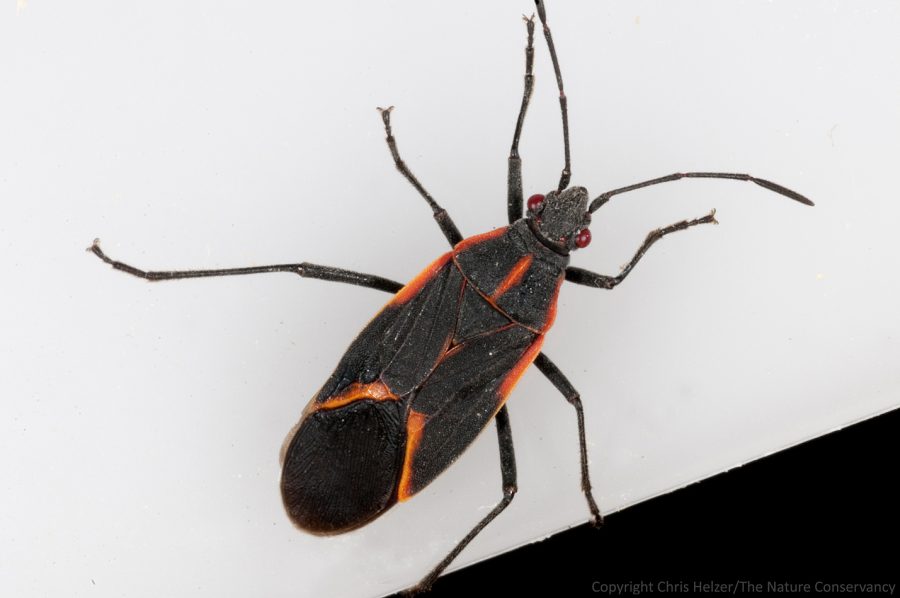Chagas Disease could be more disastrous that it was previously thought because it goes under-reported. The Centers for Disease Control and Prevention considers Chagas disease to be one of the five neglected parasitic infections (NPIs).
Given the asymptomatic characteristics of the Chagas disease, most people don’t know they live with it. However, this disease –which is transmitted by the so-called “kissing bug”- can even cause cardiac abnormalities and intestinal complications.

“The fact that Chagas disease was not reported as an underlying or associated cause of death on the death certificate of 42% of seropositive donors that died due to cardiac causes demonstrates under-ascertainment of Chagas disease pathogenesis, highlighting its status as a neglected tropical disease,” stated the new investigation made by The University of Sao Paulo.
What the parasites do to the body take a long time
Chagas disease –which is also known as American trypanosomiasis– is an illness that affects about 6 to 7 million people worldwide, according to the World Health Organization. It is produced by the protozoan parasite Trypanosoma cruzi (T. cruzi). and It affects mainly Latin American Countries, but it has spread to other latitudes.
This parasite is carried by the “kissing bug” which is called that way because of its preference to bite people in their lips and eyes while they sleep. After it bites, it defecates or urinates into the wound. That’s how the parasite enters the body causing Chagas disease. However, it is important to know that it can also be transmitted through food that is contaminated with feces of the bug.

The truth is that this disease is mostly asymptomatic. Only half of the people infected shows symptoms during its initial stage, which is considered to be the first two months since infection. Additionally, symptoms could be really mild and could be confused. Symptoms include headaches, pallor, muscle pain and chest pain.
During the chronic phase, the parasites stay mostly in the heart and in the digestive muscles. Despite its asymptomatic nature, it slowly affects the body and it can lead to death.
“Most people who get infected, carry on with their lives … unaware they were bitten. A lot of mortality data doesn’t account for Chagas, so you underestimate the effect of the disease.” Explained Dr. Ester Cerdeira Sabino, a co-leader in the study. “What the parasite does to the body takes a long time; (it) slowly goes into the heart and destroys it”
People with Chagas have a 17.9 times higher risk of developing heart disease
Brazilian researchers studied more than 8,000 blood donors. Researchers found that 2,842 of the participants tested positive for the Chagas disease. They kept track on the participants’ records during 14 years. They also compared their identities with death certificates in the Brazil national mortality information system (SIM). They discovered that 159 Chagas-positive participants or 5.6 percent of them died during those 14 years. Among the Chagas-negative participants, there were 103 deaths during that period (1.8 percent).

“In every age category, people who had Chagas died more than people who didn’t have Chagas,” said Dr. Ligia Capuani, an infectious disease researcher at Faculdade de Medicina da Universidade de Sao Paulo, in Brazil, who led the research.
The death certificate of 40 percent of the Chagas-positive participants didn’t show that they had Chagas, even when the cause of death was related to the heart.
Diagnosis can be challenging and there is no cure for Chagas Disease
Currently, there is no cure for the Chagas disease. According to WHO, 30 percent of the people infected develop heart issues while 10 percent of them show neurological or digestive symptoms.
In the United States, there are about 300,000 cases of Chagas, based on the data provided by the CDC. Detecting Chagas disease can be challenging, especially in certain parts of South and Central America because of the confusing symptoms. Most people find it out when they donate blood. However, the disease can be treated especially if it starts soon after infection. In the chronic phase, antiparasitic treatment can also prevent or slow down the disease progression.
According to experts, the best way to prevent the disease is vector control, which is controlling the kissing bug population and avoid contact with it, in order to stop the spread of the parasite. These bugs tend to live in the walls of roof cracks of houses constructed with poor materials.
They are still finding a way to come up with a vaccine. Researchers believe that this outcome can drive attention to this public health problem.
Source: Tech Times

There ARE NOT 300,000 cases of Chagas disease in the United States. There are only about 40 reported cases of Chagas disease around the world every year. 40. NOT 300,000. This is straight lies by the health industry so they can peddle another vaccine. Vaccine’s are a HUGE multi-BILLION dollar business.
How many taxonomy fails can be perpetrated before someone points them out?